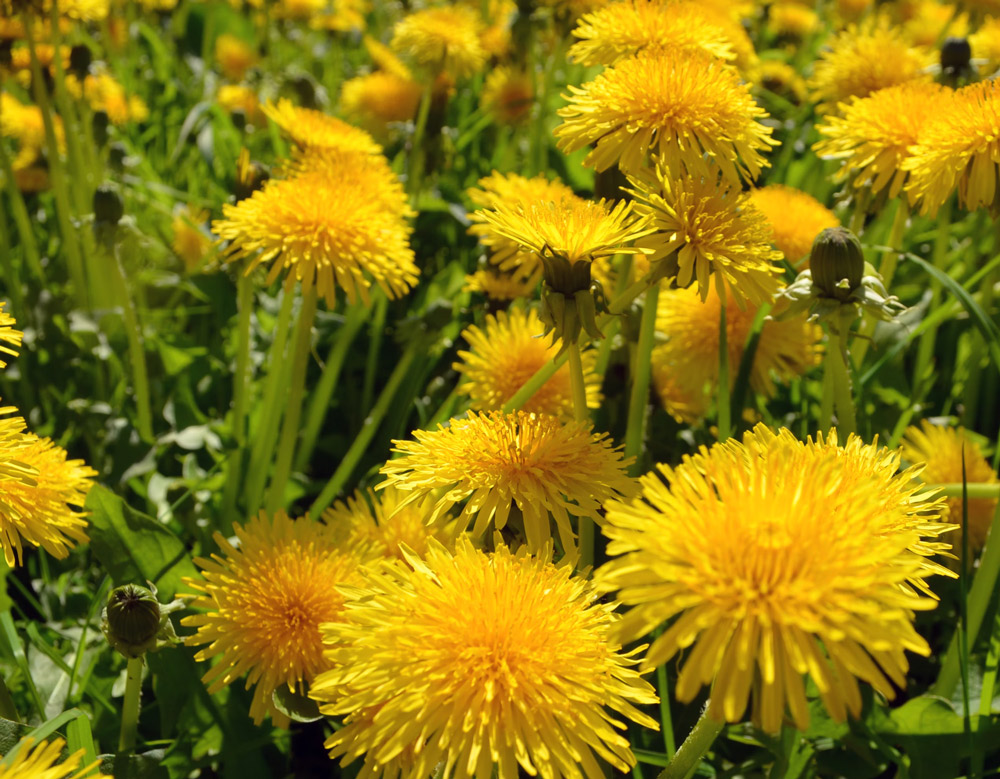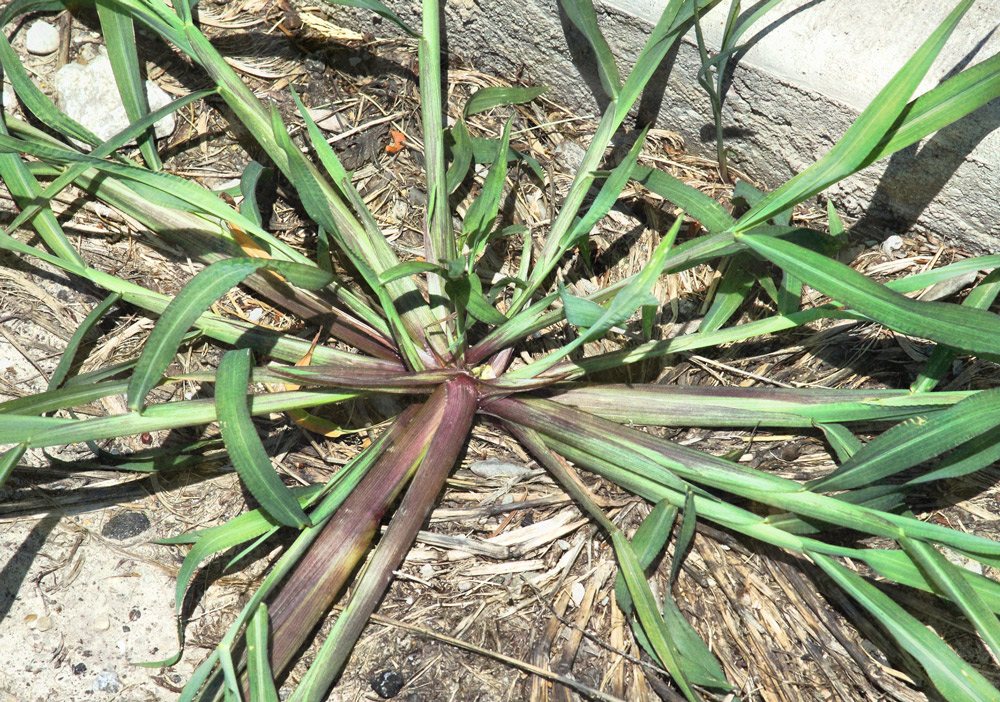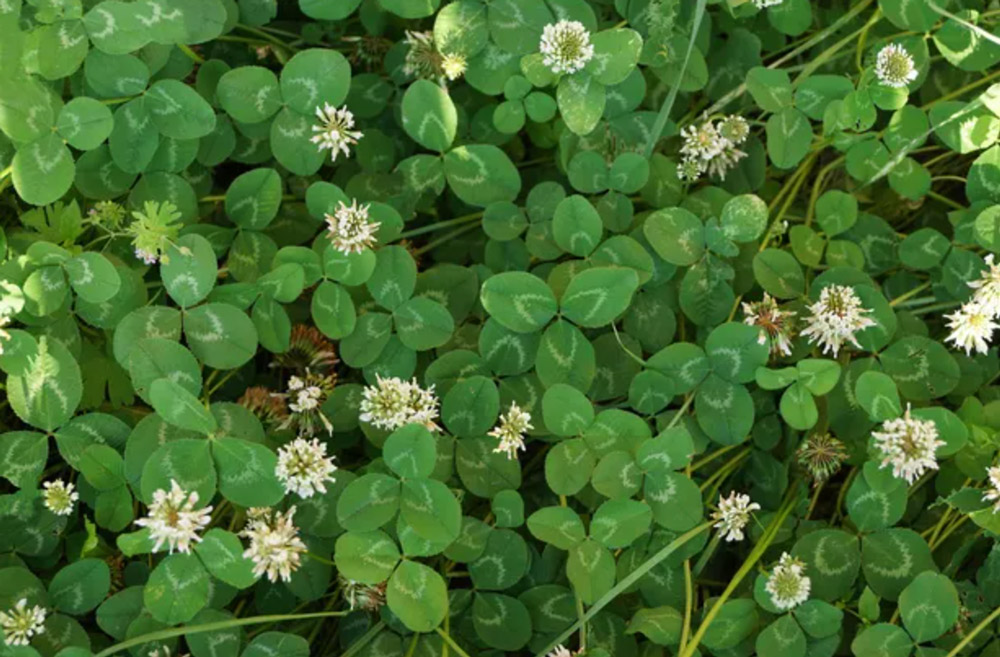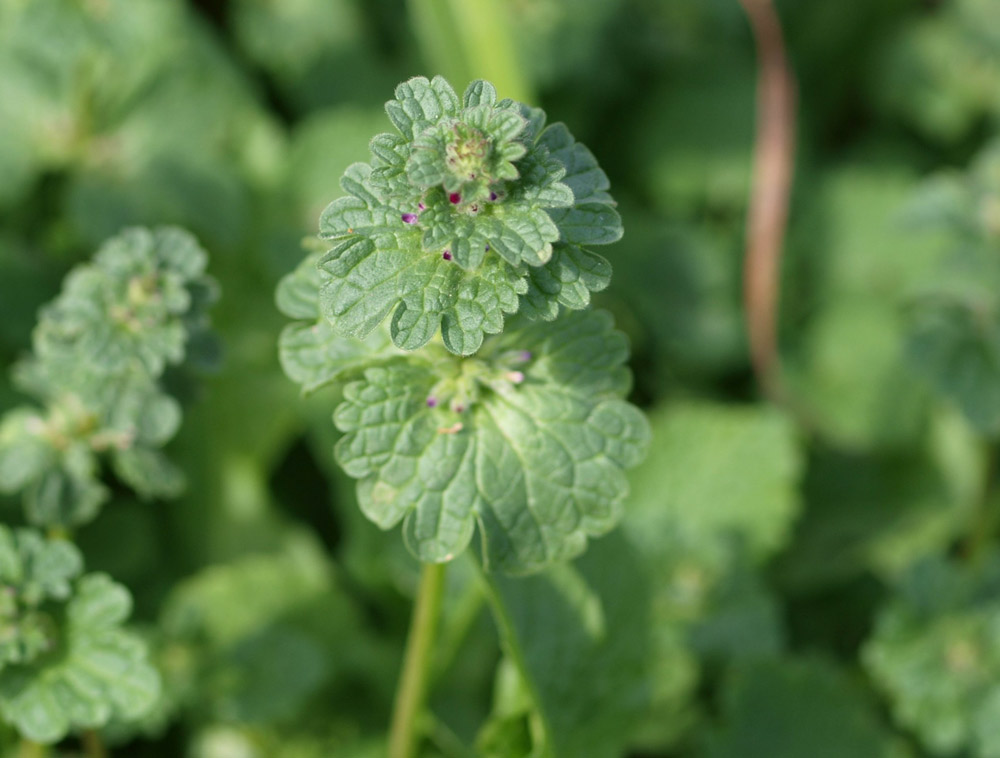Weed Control
Abilene, with its warm climate and unique soil conditions, is home to a variety of weeds that can plague even the most well-maintained lawns. If you’ve ever found yourself struggling to keep your yard free of these pesky intruders, you’re not alone. Here, we’ll explore some of the most common weeds in Abilene and offer effective strategies to eliminate them, ensuring your lawn remains healthy and vibrant.
1. Dandelions (Taraxacum officinale)

Identification: Dandelions are easily recognizable by their bright yellow flowers and fluffy seed heads. They have a deep taproot that makes them particularly difficult to eradicate.
Control Methods:
- Manual Removal: The key to successfully removing dandelions by hand is to ensure you get the entire taproot. Using a weeding tool can help you reach deeper into the soil.
- Herbicides: Applying a broadleaf herbicide in early spring or fall when dandelions are actively growing can be very effective. Look for products containing 2,4-D, dicamba, or MCPP. If you would like to use an environmentally friendly herbicide you can use Fiesta.
2. Crabgrass (Digitaria spp.)

Identification: Crabgrass is a summer annual that spreads rapidly. It has wide, flat blades and a characteristic sprawling growth habit.
Control Methods:
- Pre-emergent Herbicides: Applying a pre-emergent herbicide in early spring can prevent crabgrass seeds from germinating. Products containing dithiopyr or prodiamine are commonly used.
- Post-emergent Herbicides: For crabgrass that has already emerged, post-emergent herbicides can be applied. These often contain quinclorac or fenoxaprop.
3. Clover (Trifolium repens)

Identification: Clover is a low-growing perennial with trifoliate leaves and small white flowers. It is beneficial to some lawns due to its nitrogen-fixing abilities but can be unwanted for those desiring a uniform grass lawn.
Control Methods:
- Manual Removal: Clover can be pulled out by hand, especially when the soil is moist. Be sure to remove as much of the root system as possible.
- Herbicides: Broadleaf herbicides, particularly those containing 2,4-D, dicamba, or mecoprop, can effectively target clover without harming grass.
4. Nutsedge (Cyperus spp.)

Identification: Nutsedge, often mistaken for grass, has a triangular stem and grows faster than most lawn grasses. It produces small, nut-like tubers that make it particularly difficult to eradicate.
Control Methods:
- Manual Removal: Pulling nutsedge by hand is effective if the soil is wet and you can remove the entire root system, including the tubers.
- Herbicides: Selective herbicides specifically designed for nutsedge, such as those containing halosulfuron or sulfentrazone, can be very effective.
5. Henbit (Lamium amplexicaule)

Identification: Henbit is a winter annual with square stems, purple flowers, and scalloped leaves. It often emerges in late fall and early spring.
Control Methods:
- Manual Removal: Henbit can be easily pulled out by hand when the soil is moist. Be sure to remove the root system to prevent regrowth.
- Herbicides: Pre-emergent herbicides applied in late summer or early fall can prevent henbit seeds from germinating. Post-emergent herbicides containing 2,4-D or dicamba are effective on established plants.
General Tips for Weed Control
- Maintain a Healthy Lawn: A dense, healthy lawn can outcompete weeds. Regular mowing, watering, and fertilizing promote vigorous grass growth.
- Mulching: Applying mulch in garden beds can prevent weed seeds from germinating by blocking sunlight.
- Proper Lawn Care: Avoid over-watering and over-fertilizing, as these can create favorable conditions for weed growth.
- Regular Monitoring: Regularly inspect your lawn for weeds and address them promptly before they spread.


